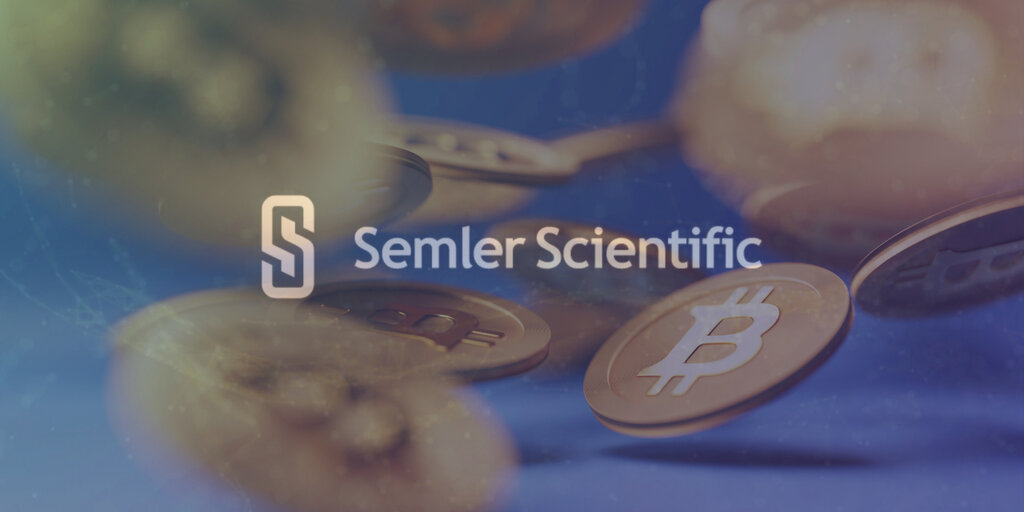Alright folks, let’s dive straight into the global FX market madness from April 7th. The market now fully expects the Fed to slash rates five times in 2025. Five times! Are they serious? And Goldman Sachs is jumping on the bandwagon, predicting the cuts will begin in June – earlier than their previous July call.

But hold your horses, because Goldman also dropped a recession bomb. They’ve slashed their US Q4 2025 GDP growth forecast to a measly 0.5% and bumped up the 12-month recession probability to a scary 45%. Seriously, 45%! Someone wake me up from this nightmare.
Now, over in Europe, things aren’t exactly sunshine and rainbows. ECB’s Schnabel is warning of dramatically escalating uncertainty, hinting at more to come. And ECB’s Stounaras is practically screaming about the potential ‘demand shock’ from Trump’s tariffs, potentially knocking between 0.5 and 1 percentage point off Eurozone growth. Great. Just great.
Let’s not forget Japan. Officials are trying to sound calm – Finance Minister Kato says they’ll take “appropriate measures” against volatility – but come on, we all know what that means! The BOJ says most regions are seeing moderate recovery, driven by strong service and consumption, but talk of tax cuts is being dismissed as premature. Plus, the US tariffs are expected to significantly impact the US-Japan economic relationship.
And the rest of the world? Korea’s central bank is on high alert. Indonesia is flexing its muscles with massive intervention in both onshore and offshore FX markets. Australia’s Treasurer Chalmers anticipates roughly four rate cuts this year, and claims they can handle the tariff fallout.
Let’s break down some key concepts:
Quantitative Easing (QE) & Rate Cuts: Central banks lower interest rates and/or purchase assets (QE) to stimulate economic activity. Lower rates make borrowing cheaper, encouraging investment and spending.
GDP & Recession: Gross Domestic Product (GDP) measures a country’s economic output. A recession is typically defined as two consecutive quarters of negative GDP growth. It’s not pretty.
FX Intervention: When a central bank buys or sells its own currency in the foreign exchange market to influence its value. Indonesia’s aggressive intervention demonstrates serious concerns about currency stability.
Tariffs and Demand Shock: Tariffs increase the cost of imported goods. A ‘demand shock’ refers to a sudden and significant change in demand, often triggered by policy changes like tariffs. These shocks can disrupt economic growth.






